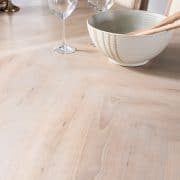How To Strip Wood
Step-by-step tutorial on how to strip painted or stained wood furniture, with favorite tips, product recommendations, and short cuts.
Yield: 1 piece of furniture
Cost: $50
Equipment
- Paint Brush
Materials
- Paint Stripper
- Safety Gear Gloves, face mask, protective eyewear
- Plastic Drop Cloths
- Paper Towels
- #000 Steel Wool
- Mineral Spirits
- Saran or Plastic Wrap cut garbage bags also work well
- Paint Scraper plastic or metal (use gently to not gouge)
- Sand Paper 120 and 220 grit
- Empty Metal Cans for dipping your brush
Instructions
- Put on proper safety gear. Refinish furniture outdoors or covered outdoor area like a garage. For best results, strip furniture when temperature is above 50℉ (10℃).
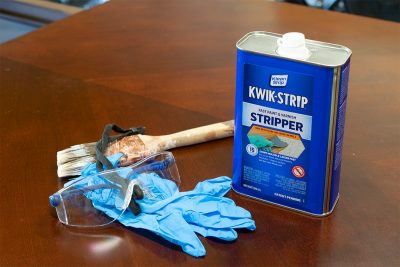
- Brush furniture generously with paint stripper. Spread the stripper on rather thickly. Wait the time stated on manufacture's directions.
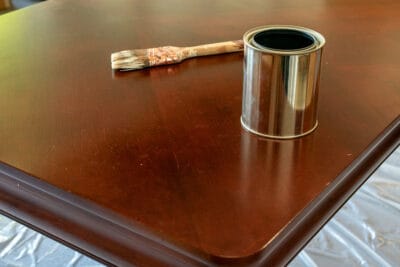
- Test a small area first to scrape off the gooey varnish. I use a paint scraper on flat surfaces and steel wool in crevices and hard to reach areas. Expect a lot of residue and toss into a garbage bag lined trashcan.
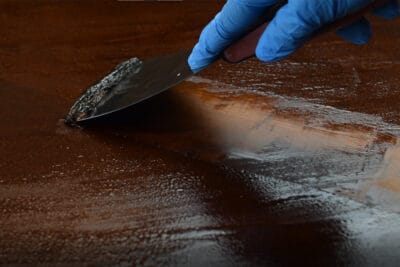
- A second coat may be required for difficult varnishes. Once most of the varnish and stain has been removed, apply mineral spirits to a paper towel or lint free cloth and wipe away any excess stripper residue.
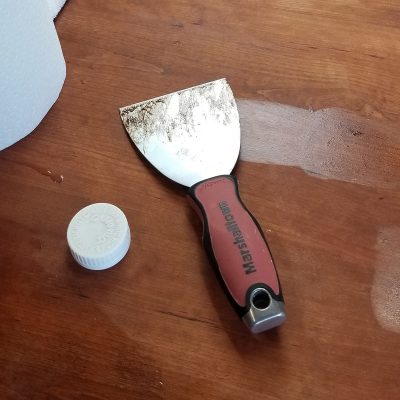
- If you need to even out the surface, it's easiest to do a light sanding. An orbital sander makes quick work of flat surfaces, but delicate surfaces may need to be hand sanded.
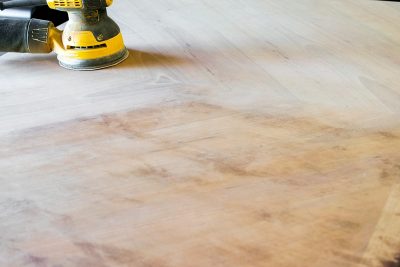
- Wipe with a lightly damp cloth and vacuum to remove dust. Wait 24 hours before adding stains, paint, sealers, or other finishes.
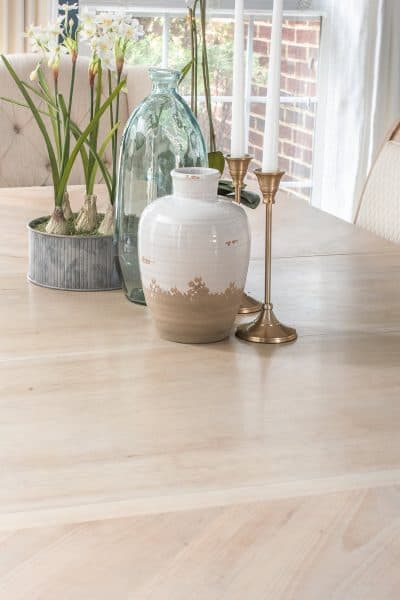
Notes
To tackle the crevices in the table legs and on the sides, cover them in plastic wrap for about 4-6 hours.
For detailed areas, use a toothbrush or steel wool wrapped bamboo skewer. I use all kinds of tools from toothpicks, bamboo skewers, and nails to get into tight crevices. Use a light hand, so not to gouge the wood.
